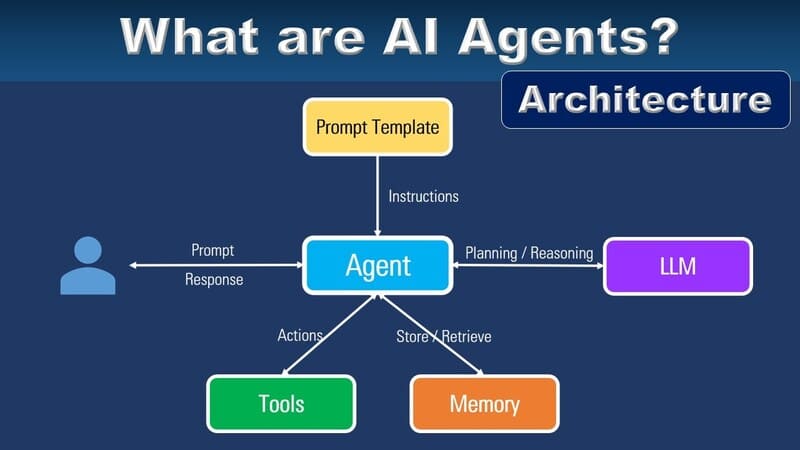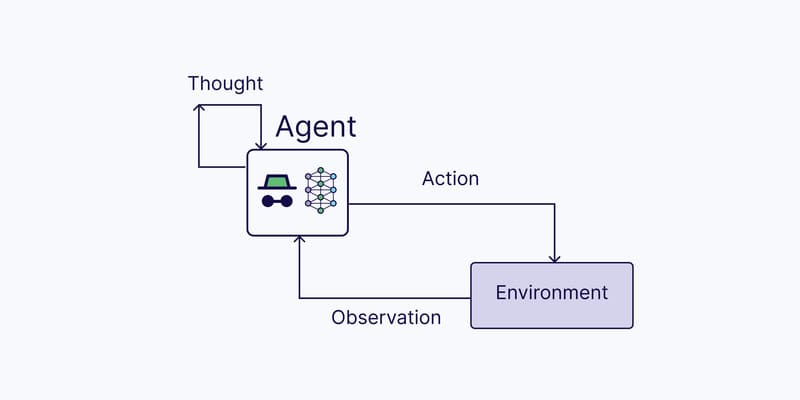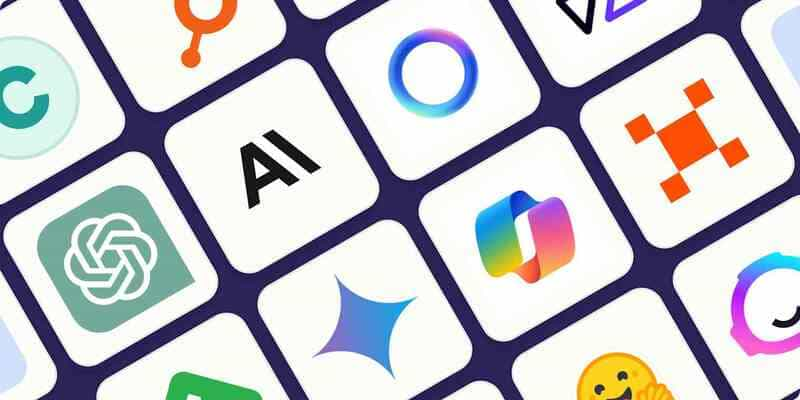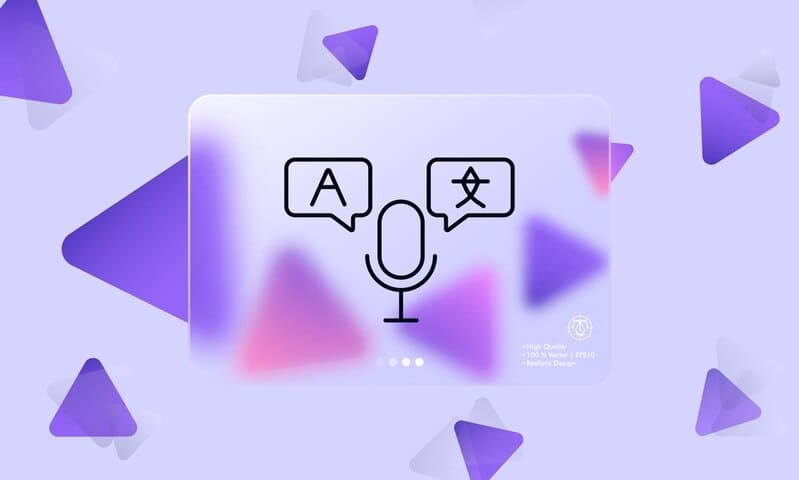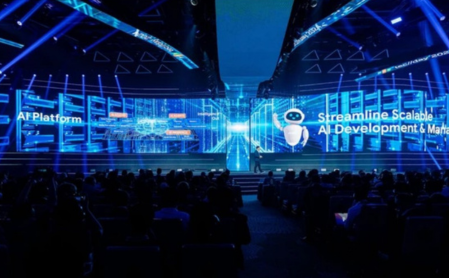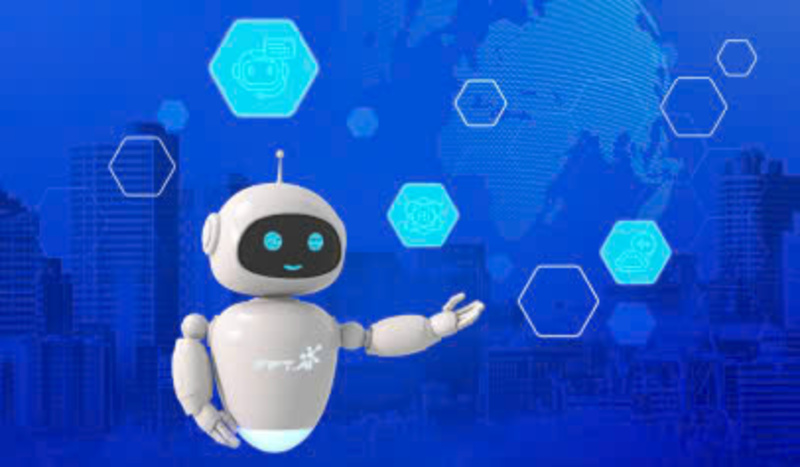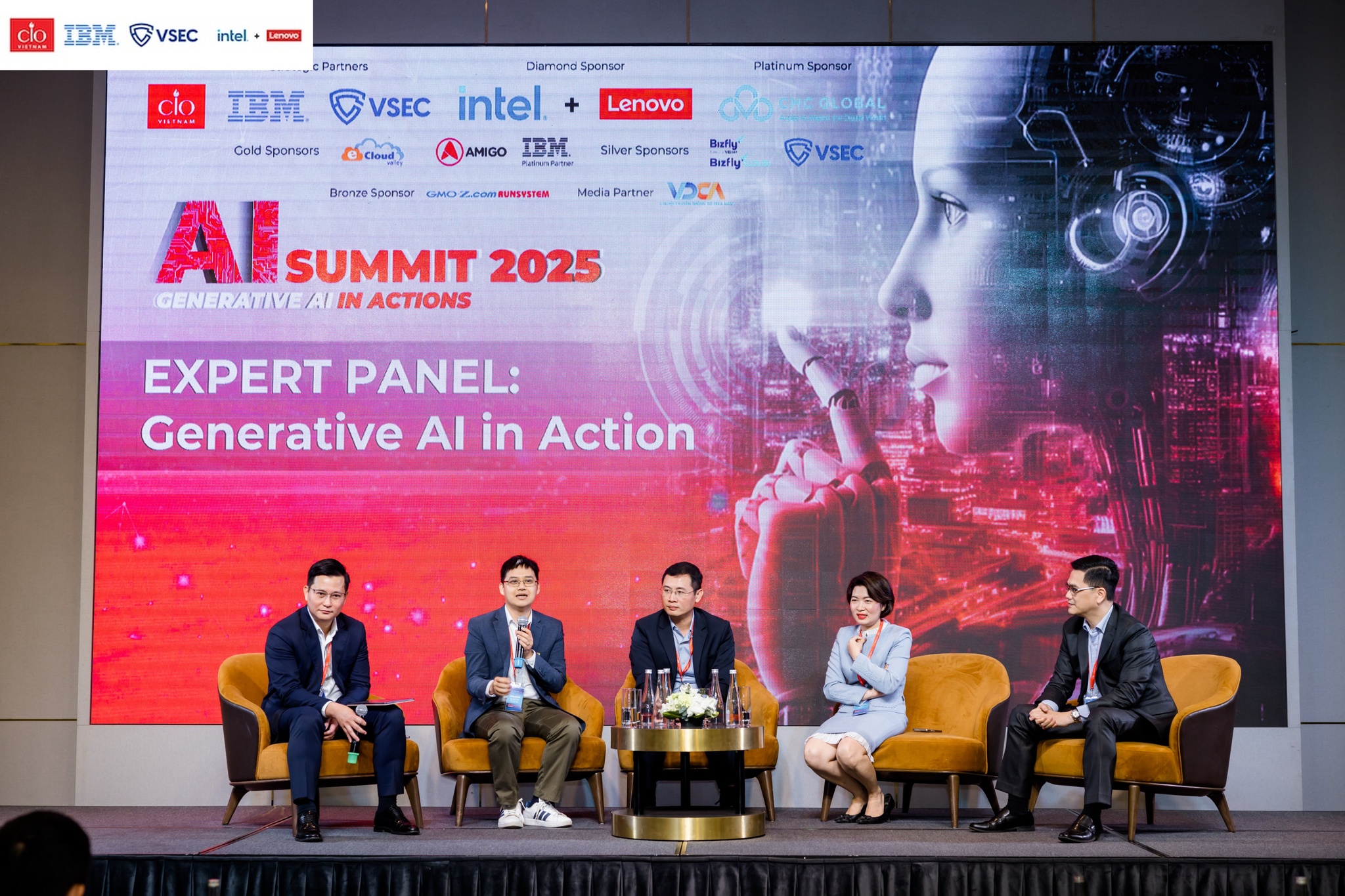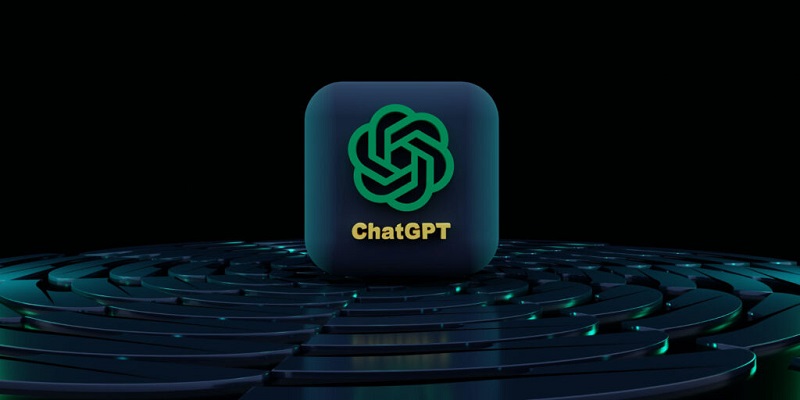Artificial intelligence is increasingly developing and becoming the ultimate weapon of businesses on the digital transformation journey. Join FPT.AI to learn about 2 ways to classify artificial intelligence and the huge benefits that AI technology application solutions bring to businesses in the following article.
How many ways to classify artificial intelligence?
There are many different ways to classify artificial intelligence. Common types of AI are often distinguished based on factors such as intelligence level, flexibility or similarity to human intelligence. However, below are two main classifications of artificial intelligence:
Classification of artificial intelligence based on capacity: Classification of AI based on the ability to perform tasks and the level of intelligence of AI.
Classification of artificial intelligence based on function: Classification of AI based on the ability to simulate human intelligence, behavior and emotions.
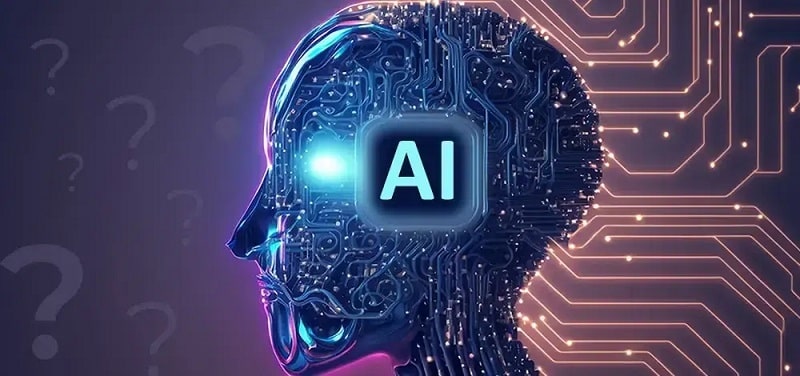
TOP 3 ways to classify artificial intelligence based on capabilities
Artificial Narrow Intelligence (ANI)
ANI, also known as Weak AI, is the most popular type of AI today. This type of artificial intelligence is programmed to replace humans in performing one or several specific tasks with superior productivity. However, because it only focuses on a certain job, Narrow AI cannot perform tasks for which it has not been trained.
Apple’s Siri and Amazon’s Alexa are virtual assistants that use ANI to analyze search requests, respond to users, and provide information support services. Tesla also applies ANI in self-driving car technology, helping the car to recognize the surrounding environment and make automatic decisions based on sensor and camera data.
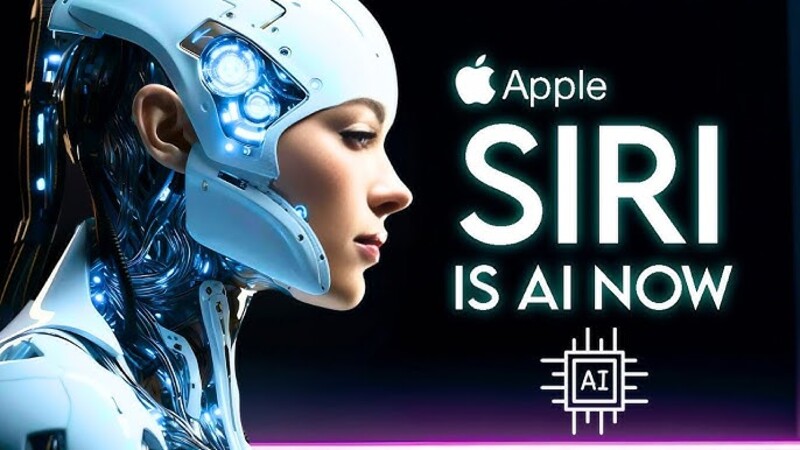
Artificial General Intelligence (AGI)
What is AGI? AGI stands for artificial general intelligence, which is capable of performing a wide range of human-like tasks, including learning, thinking, and making decisions without being pre-programmed for specific tasks. This type of artificial intelligence can learn and adapt to different situations.
Currently, AGI does not really exist and is only a theory. However, advances in research are helping us gradually develop Partial AGI systems.
In fact, OpenAI aims to develop AGI to create a type of artificial intelligence that can contribute to the common good of humanity. They are developing AI models that can handle many different tasks, but currently these models are still at the ANI level.
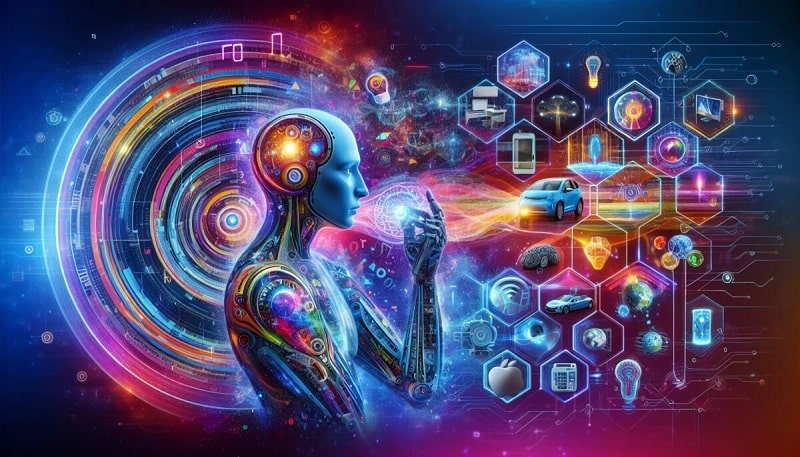
Artificial Super Intelligence (ASI)
Artificial Superintelligence is the highest level of artificial intelligence, far beyond AGI and ANI, with the ability to self-aware and excel in all aspects, from memory to processing and decision making. This type of artificial intelligence not only has the ability to learn and adapt, but also has the ability to continuously develop and improve itself to surpass humans.
Currently, ASI has not been developed and only exists in science fiction movies. Visions of ASI often raise questions about the control and threat of artificial intelligence to humans.
In movies like “The Terminator” or “Her”, ASI can improve itself and develop to the point where humans are no longer able to control it. However, in reality, this type of intelligence is still a distant goal of AI research.
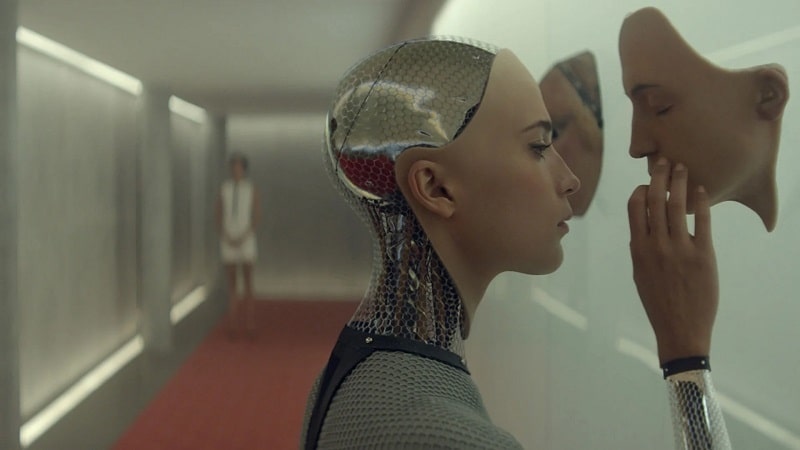
How to classify artificial intelligence based on function
Reactive machine
Reactive AI is the simplest type of artificial intelligence. It does not have the ability to remember or learn from the past, but can only react, process and make decisions with current situations based on immediate stimuli.
IBM’s Deep Blue is a famous example of a Reactive machine in life. Deep Blue was developed in the 1990s and defeated chess grandmaster Gary Kasparov. Although it cannot remember or learn, Deep Blue has the ability to calculate and choose moves based on the rules of the game of chess.
Limited memory
Limited Memory AI has the ability to remember and store data for a short time, analyze and make decisions based on past data and learn from experiences to improve performance.
Tesla’s self-driving car uses AI with limited memory to analyze traffic data from cameras. This type of artificial intelligence helps self-driving cars recognize lanes, signs, or pedestrians to make safe decisions.

AI with limited memory
Limited Memory AI has the ability to remember and store data for a short period of time, analyze and make decisions based on past data, and learn from experiences to improve performance.
Tesla’s self-driving cars use limited memory AI to analyze traffic data from cameras. This type of artificial intelligence helps self-driving cars recognize lanes, signs, or pedestrians to make safe decisions.
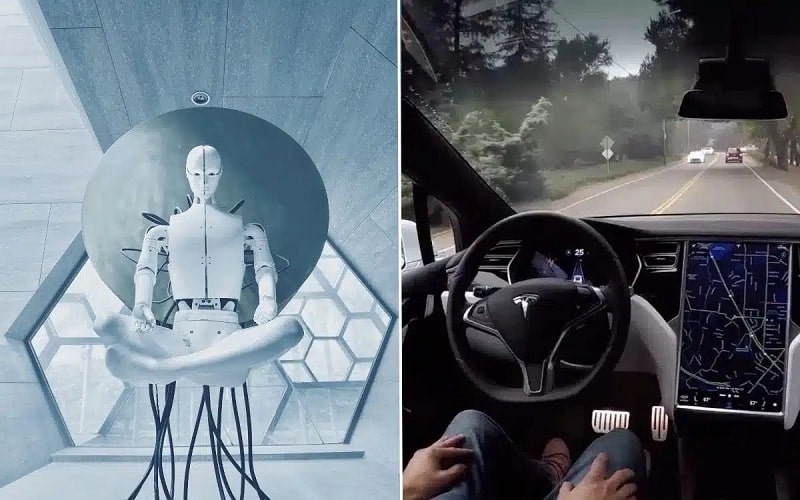
Theory of Mind
A Theory of Mind AI is capable of perceiving human emotions, psychology, and is capable of simulating social behaviors. The goal of this type of AI is to help machines understand and respond to human emotions and intentions to improve communication and interaction.
Hanson Robotics’ Sophia robot is an early example of AI that has evolved along the lines of Theory of Mind. Sophia is equipped to recognize human facial expressions and respond with appropriate responses. However, Sophia is still limited, and Theory of Mind AI is currently in research and development.
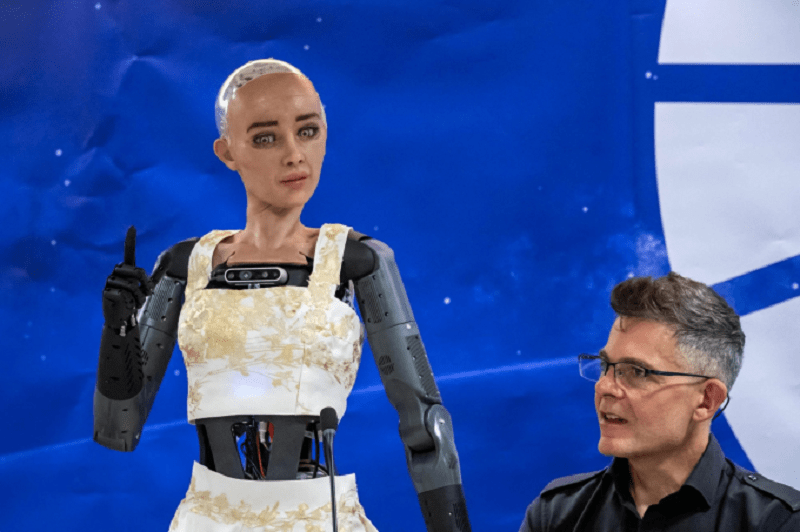
Self-awareness
Self-aware AI is the final and most complex development of AI. This type of artificial intelligence not only understands humans but also has the ability to perceive itself, has emotions, beliefs and a sense of its own existence.
Skynet in the movie “The Terminator” is a fictional example of an AI system that is self-aware, even wanting to protect itself from threats from humans. However, in reality, this type of AI still only appears in science fiction works and we have not yet developed AI that is self-aware.
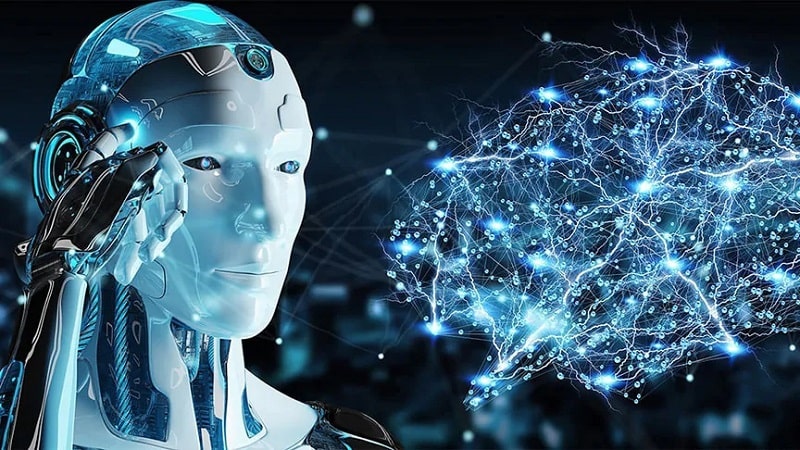
How does FPT.AI help businesses apply artificial intelligence to optimize operations?
FPT AI Engage virtual assistant is deployed in the customer care switchboard, capable of automatically receiving incoming calls (Inbound calls), simultaneously making thousands of outgoing calls (Outbound calls). Thanks to that, businesses can proactively approach customers, bring better customer experiences and improve customer care efficiency.
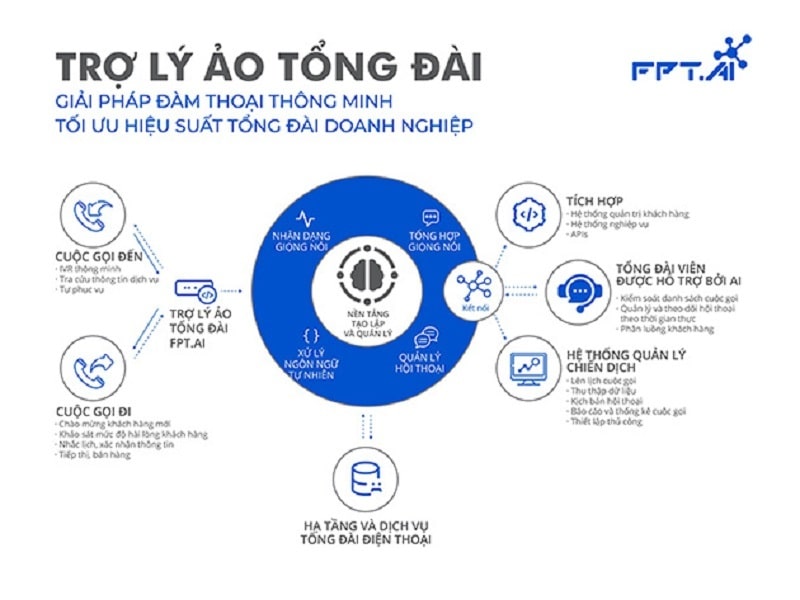
Specifically, this Voicebot allows businesses to build automated scripts to answer simple, repetitive calls. It also integrates Speech Recognition, Speech Synthesis and Natural Language Processing (NLP) technology, which can understand and analyze the content of the conversation to respond to customers naturally and quickly.
In addition, with FPT.AI’s conversation management platform, all calls are automatically scored and analyzed according to criteria set by the business, helping to save time and improve representativeness in quality assessment. No more random assessment, FPT.AI Engage allows businesses to promptly monitor and improve service quality, thereby providing appropriate solutions.

For more information about FPT.AI Virtual Assistant and how it can help your business improve operational efficiency, please visit https://fpt.ai/ or contact us via hotline: 1900 638 399. Let FPT.AI become a powerful arm to help your business go further on the digital transformation journey!
In short, understanding how to classify artificial intelligence not only helps us gain a deeper insight into the development of technology but also helps businesses apply AI most effectively. With FPT.AI’s advanced solutions, businesses can leverage the power of artificial intelligence to optimize operations, enhance customer experience and improve overall performance.








